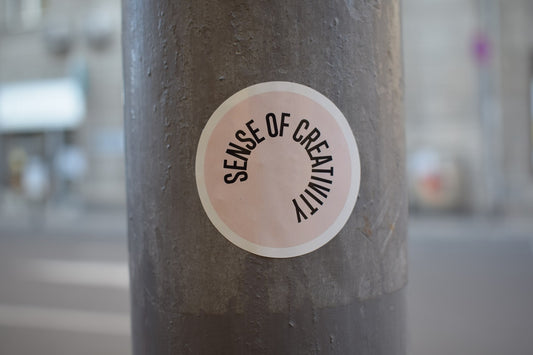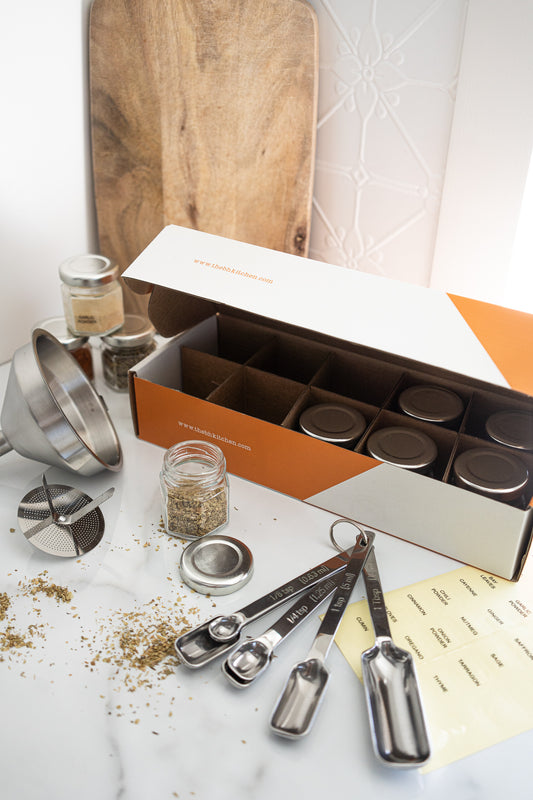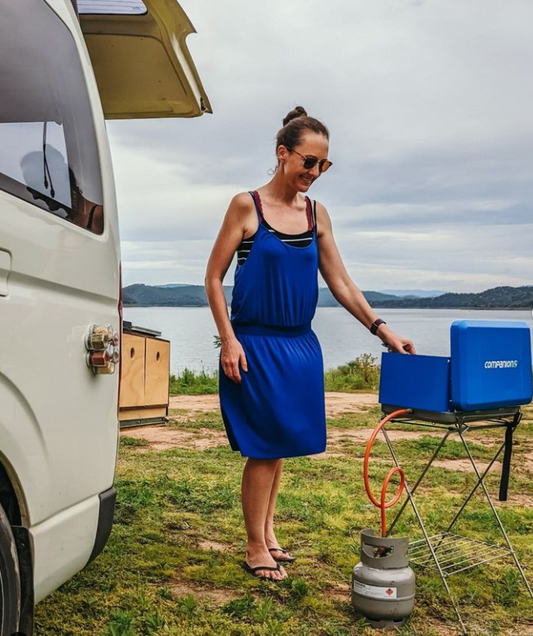
5 min read
Welcome back to The BHKitchen deep dive into herb drying techniques! In this series we’re exploring the three best methods for drying herbs.
In this edition, we're going to explore how to dry your herbs with a dehydrator. We’ll take a look at the different types of dehydrators available, discuss the pros and cons of using this particular drying method and, of course, have a look at the best storage solutions for your dried herbs.
As the old saying goes, variety is the spice of life. This series will give you a variety of options so that you can make an informed decision on what suits you best.
What type of Dehydrator should I use to dry herbs?
There are two main types of dehydrator: stackable tray dehydrators or box and shelf dehydrators. Most dehydrators will sit comfortably on a standard kitchen bench, but there are also dehydrators that are free standing – these will obviously take up more space.
Generally speaking, dehydrators use a heating element and a fan which circulates the hot air either vertically or horizontally though the dryer. Other dehydrators rely on convection drying and do not use a fan at all.
What is a Stackable dehydrator?
Stackable dehydrators are usually smaller and lighter than box and shelf dehydrators. The stackable dehydrator is often the most affordable type of dehydrator on the market.
Stackable dehydrators are super convenient but because the heating element is at the bottom of the stack, the trays closest to the heating element and fan will dry much faster than the trays which are positioned further away.
This will mostly be a problem if you’re drying thicker wetter items like fruit or meat products. For drying herbs, the stackable dehydrator will definitely do the job, especially if you rotate the trays so that each tray gets a turn closest to the heating element.
Box and Shelf dehydrators
Box and shelf dehydrators are rigid and will either have the heating element and fan at the bottom or back of the unit. When the heat source and fan are at the back of the unit, and not the bottom, you will get a more even drying result.
Convection dehydrators are different again because they do not rely on fans to circulate the hot air around the unit. As a result, convection dehydrators make less noise and use less electricity. The upshot of not using a fan is that you will avoid contaminating whatever you are drying with bits of dust that the fan draws in.
If you are purchasing a dehydrator, the type that suits you will depend on the space you have, the items that you intend on drying and your budget. Thankfully the drying method is much the same regardless of the type of dehydrator you own.
How to dry your herbs in a dehydrator.
The initial steps for drying herbs in your dehydrator are much the same as when you are drying herbs in the oven. You need to select the freshest herbs – avoiding damaged herbs where possible -then lightly rinse them to remove soil and or bugs. Always make sure to gently pat dry your herbs before drying.
Step one: Setting the temperature
First things first, turn your dehydrator on and set it to between 35- 45 degrees Celsius. This is a lot cooler than the lowest temperature in most ovens - which is usually around the 80 Celsius mark. Drying herbs at this relatively low temperature is one of the best ways to preserve their flavour.
Step two: Stacking your dehydrator
Layer your trays or shelves with some sort of parchment or baking paper, this will prevent the herbs from slipping through into the tray or shelf below. If you are using a dehydrator with the heating element in the bottom, make sure you rotate the trays during the drying process. Alternatively, if you are drying a bunch of different herbs, make sure you put the herbs that dry fastest towards the top and those that dry slowest towards the bottom.
Step three: Monitoring your herbs
Don’t forget to monitor and rotate your trays if necessary. Otherwise, you can pretty much leave them alone to do their thing. Drying time will depend on temperature and the type of herbs you are drying. At 35-45 degrees Celsius most herbs will take anywhere between 12-15 hours to dry completely.
You will know when your herbs are completely dehydrated because you will be able to crumble them between your fingers. If you cannot crumble the herbs, they are not fully dehydrated and will need a little more drying time.
The advantages of drying your herbs in the dehydrator
Dehydrators are particularly useful in climates which are humid, or those places that have long, cold, wet winters. The low temperatures that you can achieve in dehydrators really allow the herb to retain its flavour and their physical integrity if you plan on storing them whole.
The dehydrator is also very well suited for drying herbs that are high in moisture. High-moisture herbs will be susceptible to mould if air drying and have a tendency to slightly cook if dried in the oven. The dehydrator is a perfect compromise between the two.
Disadvantages of using the dehydrator to dry your herbs
Unfortunately, using the dehydrator will take significantly longer to dry your herbs than it would take in the oven. Also, depending on the size of your dehydrator – the standard dehydrator is smaller than the standard oven – you won’t be able to dry as many herbs at once. So overall, this is a slower, more labour-intensive method than oven drying.
Storing and using your dehydrated herbs
Once your herbs are totally dehydrated, remove them from the dehydrator and place them in a bowl. Just as described before, you can crush the herbs between your fingers, this will result in a rustic and visually pleasing consistency when added to cooking or used as a garnish.
It is worth noting, that when you are dealing with dried herbs the flavour has been concentrated by the drying process. Dried herbs can be up to 3 times as flavourful as their fresh counterparts. Just keep this in mind when a recipe calls for a certain portion of fresh herbs - you may need to adjust accordingly.
If you didn’t get a chance yet, have a look at our other methods to drying herbs.



